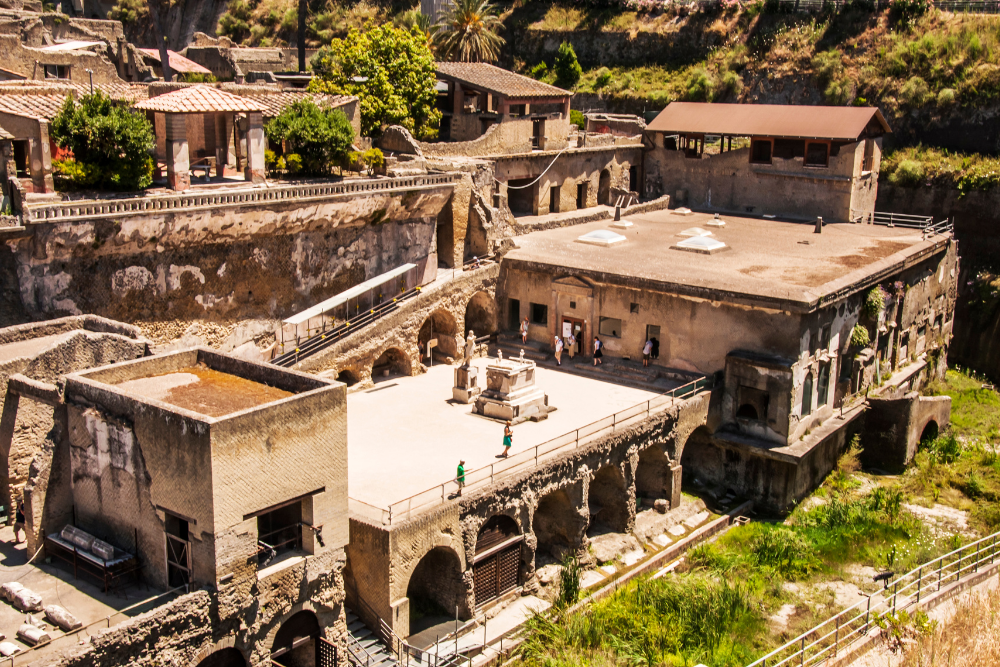Pompeii and Herculaneum, two ancient Roman cities buried by the catastrophic eruption of Mount Vesuvius in 79 AD, offer some of the most remarkable archaeological experiences in Italy. These sites provide an extraordinary glimpse into daily life in ancient Rome, preserved in time by volcanic ash. Whether you’re a history buff or a casual traveler, this guide will help you make the most of your visit to these legendary ruins.
1. Pompeii: The City Frozen in Time
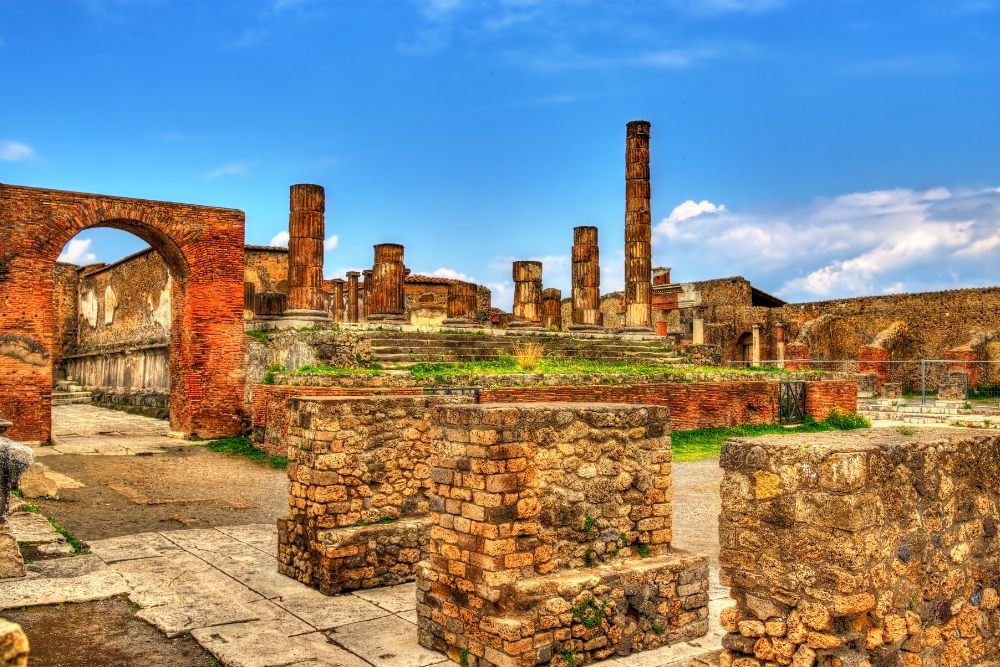
Pompeii is one of the most famous archaeological sites in the world, drawing millions of visitors each year. The eruption of Vesuvius buried the city under layers of ash, preserving buildings, frescoes, and even human figures in astonishing detail.
Must-See Highlights in Pompeii:
- The Forum: The political, economic, and social heart of ancient Pompeii.
- The Amphitheater: One of the oldest surviving Roman amphitheaters, once hosting gladiator battles.
- Villa of the Mysteries: Famous for its well-preserved frescoes depicting mysterious Dionysian rituals.
- The Lupanar: Pompeii’s most famous brothel, with intriguing ancient graffiti.
- Plaster Casts of Victims: Haunting imprints of Pompeii’s residents, preserved by volcanic ash.
Tips for Visiting Pompeii:
- Arrive early to avoid crowds, especially in peak tourist seasons.
- Wear comfortable shoes, as the ancient streets are uneven.
- Bring water and sunscreen, as shade is limited.
- Consider hiring a guide or using an audio tour for deeper insights into the ruins.
2. Herculaneum: A Hidden Gem with Incredible Preservation

While Pompeii often gets the spotlight, Herculaneum offers an equally fascinating but more intimate experience. This smaller, wealthier city was buried under volcanic mud, which preserved buildings and organic materials like wooden doors and furniture.
Must-See Highlights in Herculaneum:
- The House of the Deer: A luxurious villa with stunning frescoes and marble decorations.
- The Palaestra: A large open space once used for exercise and social gatherings.
- The Boat Houses: Where the remains of Herculaneum’s citizens were discovered, seeking refuge from the eruption.
- Mosaics and Frescoes: Exceptionally well-preserved artwork that gives insight into Roman aesthetics.
Why Visit Herculaneum?
- Less crowded than Pompeii, allowing for a more immersive experience.
- Better preservation of wooden structures and organic materials.
- Easier to explore due to its smaller size.
3. Understanding Mount Vesuvius: The Volcano That Changed History
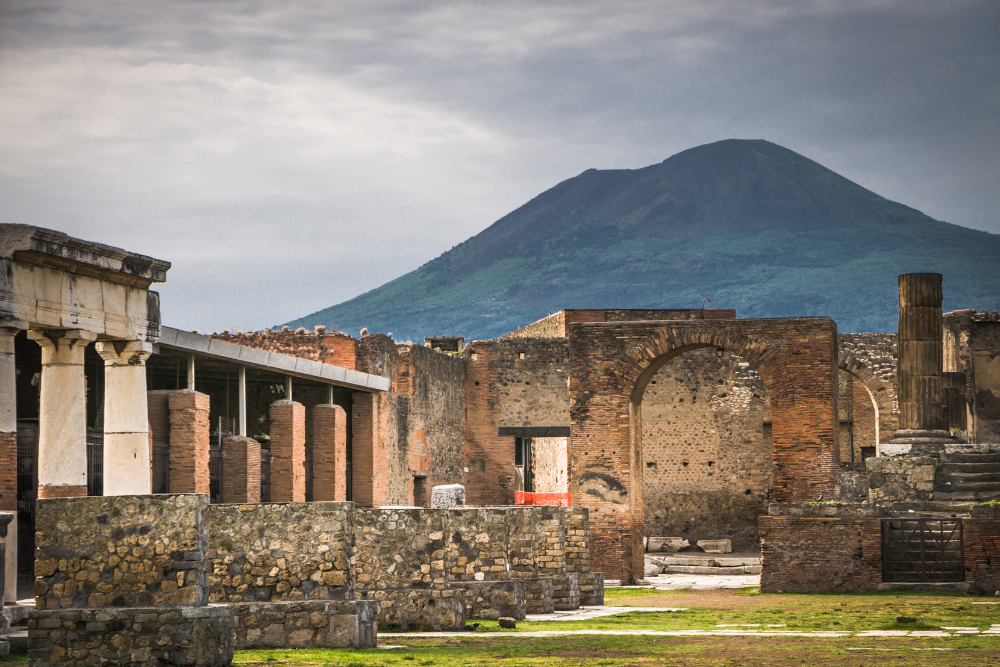
Mount Vesuvius remains an active volcano and a powerful presence over Naples. A visit to its crater provides breathtaking views and a deeper understanding of the eruption that destroyed Pompeii and Herculaneum.
How to Visit Mount Vesuvius:
- Take a bus or drive up to the visitor center, then hike the final stretch to the crater.
- Wear sturdy shoes, as the terrain is rocky and uneven.
- Visit early in the day for clearer views and cooler temperatures.
Fun Fact: Vesuvius last erupted in 1944, and scientists continue to monitor its activity closely.
4. Planning Your Visit: Tickets, Tours, and Logistics
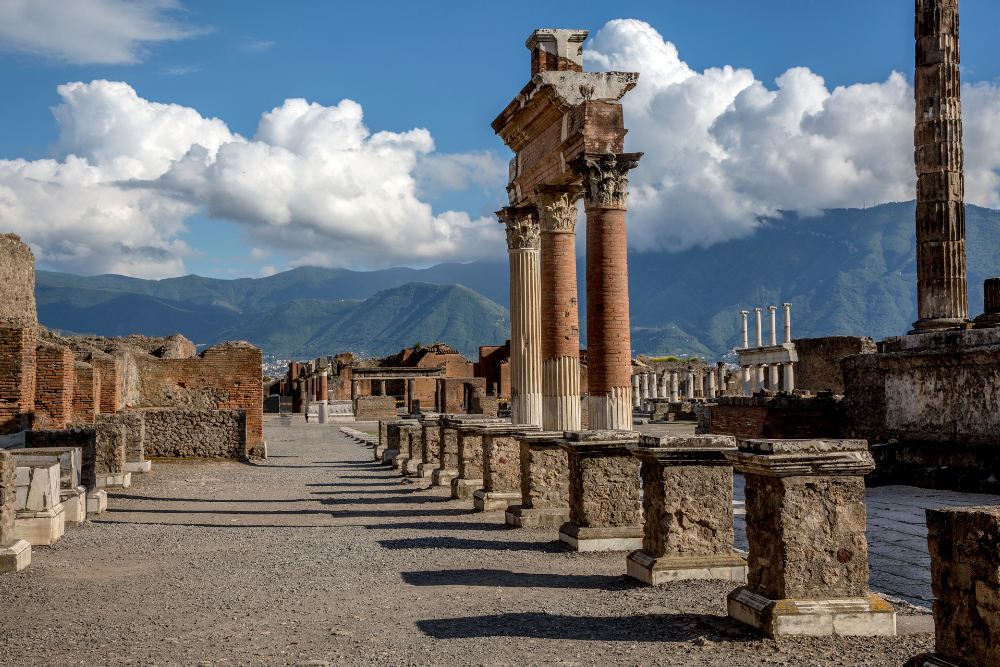
Both Pompeii and Herculaneum are easily accessible from Naples, making them ideal for day trips. Here’s how to plan your visit efficiently.
Getting There:
- From Naples: Take the Circumvesuviana train to Pompeii Scavi-Villa dei Misteri or Ercolano Scavi for Herculaneum.
- From Sorrento: The same train line provides easy access to both sites.
- By Car: Parking is available near both sites, though public transport is often more convenient.
Ticket Prices & Options:
- A standard Pompeii ticket costs around €18, while Herculaneum costs around €13.
- A combined ticket for both sites is available for those planning to visit both within three days.
- Guided tours range from €30 to €60 and can significantly enhance your experience.
Best Time to Visit:
- Spring and autumn offer pleasant weather and fewer crowds.
- Summer can be extremely hot, so visit early in the morning.
5. Nearby Attractions & Hidden Gems
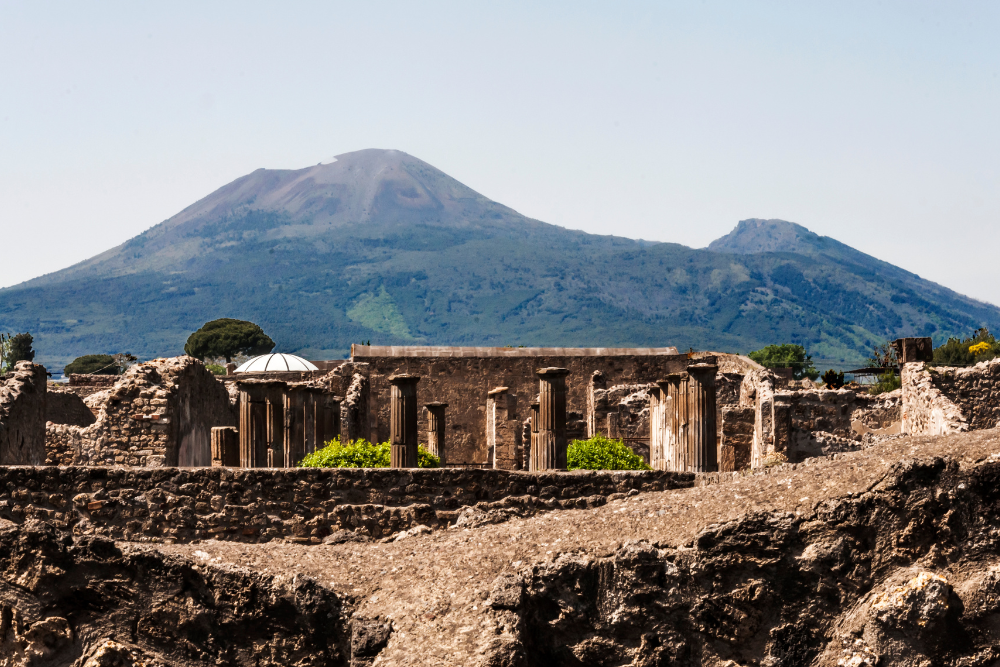
If you have extra time, there are several other fascinating sites near Pompeii and Herculaneum worth visiting.
Oplontis:
- Home to the lavish Villa Poppaea, believed to have belonged to Emperor Nero’s wife.
- Features stunning frescoes and expansive gardens.
Stabiae:
- Another lesser-known archaeological site with luxurious Roman villas overlooking the Bay of Naples.
Naples Archaeological Museum:
- Houses many original artifacts from Pompeii and Herculaneum, including mosaics, statues, and everyday objects.
Final Thoughts: An Unforgettable Journey into the Past
Exploring Pompeii and Herculaneum is like stepping back in time to ancient Rome. From the grand ruins of Pompeii to the remarkably preserved homes of Herculaneum, these sites offer an unparalleled look into history. Whether you’re marveling at frescoes, walking through ancient streets, or gazing into the crater of Vesuvius, this journey is one that no history lover should miss.
Plan your visit carefully, embrace the history, and get ready for an awe-inspiring adventure in Italy’s most famous archaeological sites!



